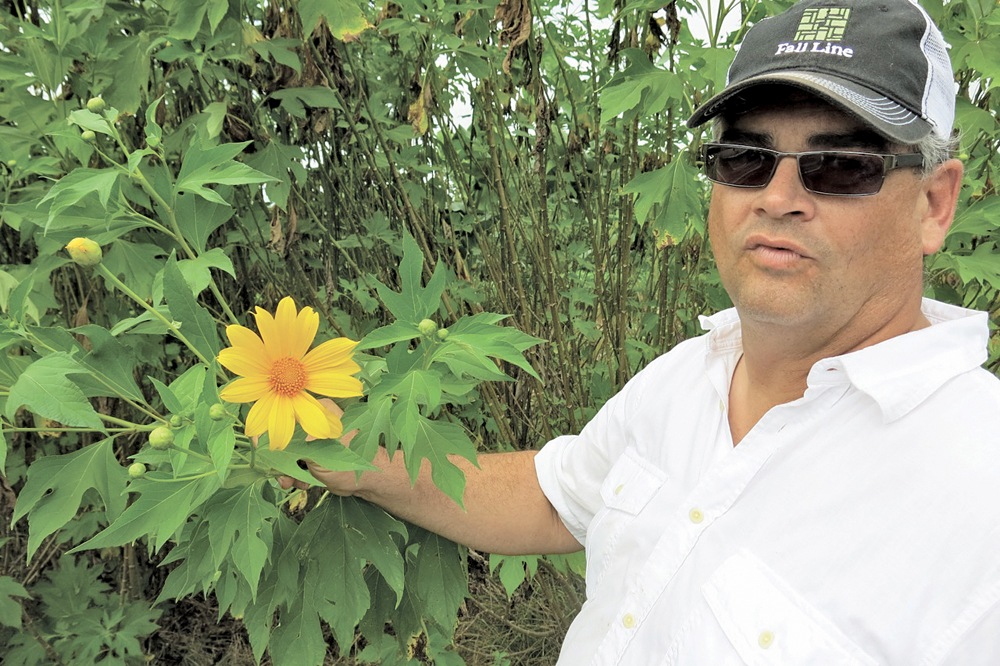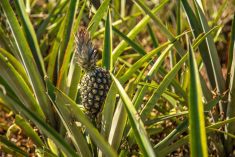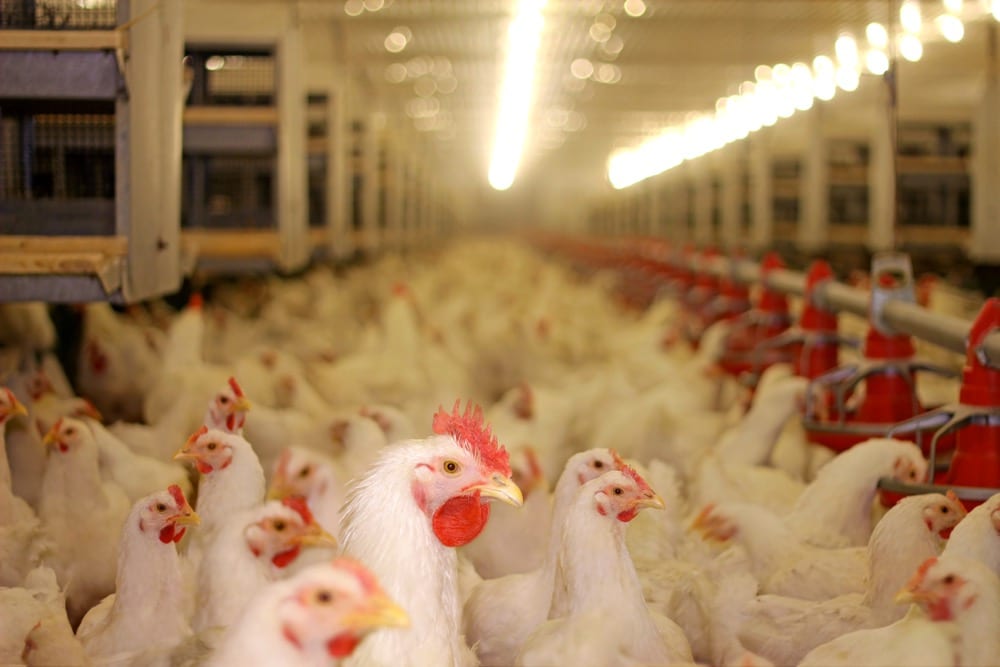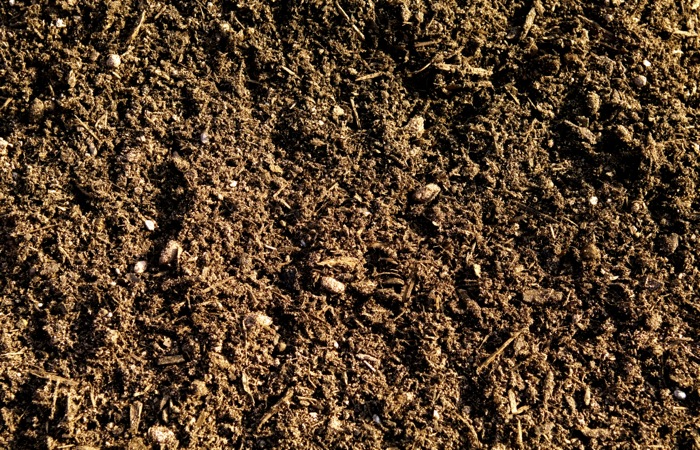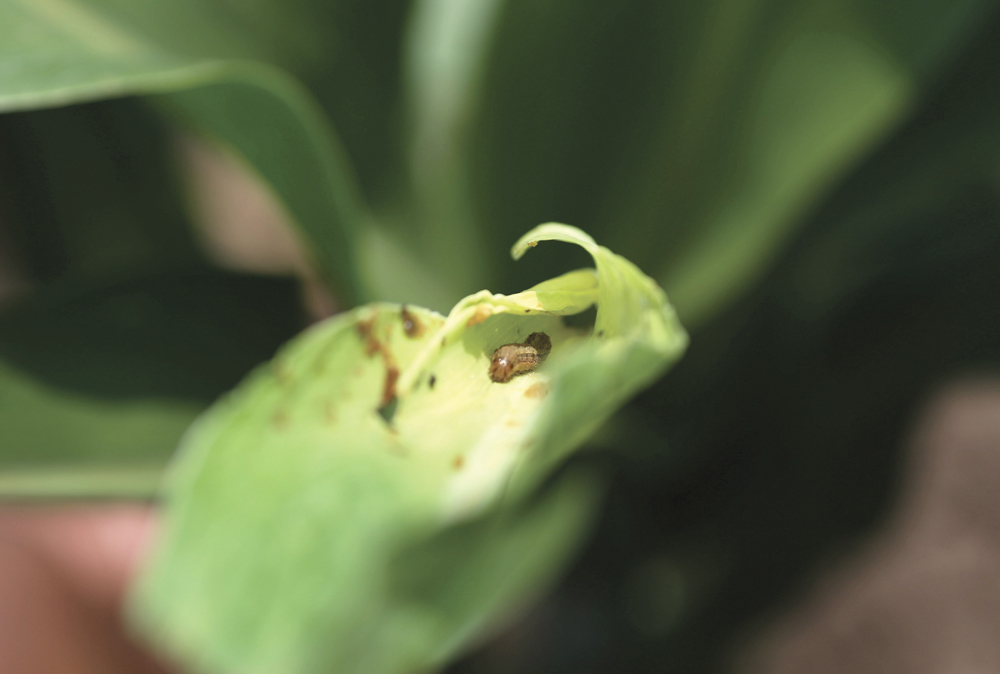I recently had the opportunity to spend some time in Cuba, along with 20 other visiting farmers, scientists and agronomists, meeting with 80 Cuban agriculture experts and officials.
The meetings were made possible by the United Nations Food and Agriculture Organization (FAO), that was hosting the first-ever Conservation Agriculture Summit for Cuba, on Oct. 16-22 in Havana.
I have known some of the officials with the UN/FAO over the past few years having met them at various zero-till events around the globe. I have great respect for their commitment and knowledge in agriculture, and my connection with these officials was the reason I was invited.
Read Also

Trade policy matters, and Canadian agriculture needs to be on the board
Canada’s new federal government needs to invest in a strategic trade plan for agriculture and agri-food.
Participants were asked to share our experiences and insights into transitioning conventional agriculture production systems to conservation ag methods. For Cuba this means steps such as encouraging less tillage, using more diverse crop rotations and growing cover crops in between the production of annual crops or in between the rows of permanent crops like bananas.
This was the first time a meeting like this has been held in Cuba, and the first time that many of the Cuban participants had met each other in years. This was definitely a much different experience than a Canadian tourist would have travelling to one of the resorts like Varadero or going on one of the package tours of the country.
One thing that most people don’t realize is that Cuba is about 1,400 kms long — roughly the distance across the Prairies — so there are lots of logistical issues with the island being that large and there is a much greater variety of landscapes and production regions than one would first expect.
The Cuban experts we were with for the week are very anxious to get going on new ideas to try and make them more food self-sufficient. The island has huge potential, but there are so many issues that don’t seem to be getting any better.
The collapse of the Soviet Union was devastating for Cuba, but then Hugo Chavez stepped in with oil and support from Venezuela and became an important ally for the country for many years (we saw some murals with his image). However, since his death three years ago and the democratization of Venezuela, they have lost the support of that important ally.
Opening up trade with the U.S. won’t be as straightforward as many may think, and they need something more than just tourism to generate revenue for their 11.3 million inhabitants. They have the potential to produce much more food, but right now their lack of access to credit, inputs, equipment and infrastructure issues are keeping production far from its potential.
The access to credit issue is improving so that should be interesting to follow, but the other issues don’t seem to have a nearby solution. Among these many issues is the fact that they do not have significant oil/gas reserves and what they do have is very high in sulphur. Their oil-refining processes have not been modernized either so their fuels are very high in sulphur and other contaminants. This means that if you have a new engine with any pollution control systems of any kind, even Tier 1, then it will likely fail very quickly, obviously a problem with any newer farm equipment, even irrigation pumps.
About 80 per cent of the farmland is now managed by individuals or producer co-operatives while the remaining 20 per cent is still state farms. This shift in ownership is encouraging innovation and efficiency in their system where possible.
At the end of the five days, we presented a sort of road map to follow as there are so many distractions and wrong turns when you are trying to change to a conservation-minded farming system.
Our Cuban hosts were extremely gracious and appreciative of our time there and despite our farming systems on the Prairies being so different from that of Cuba’s, there were also many similarities making the whole experience for me very worthwhile and fascinating.





